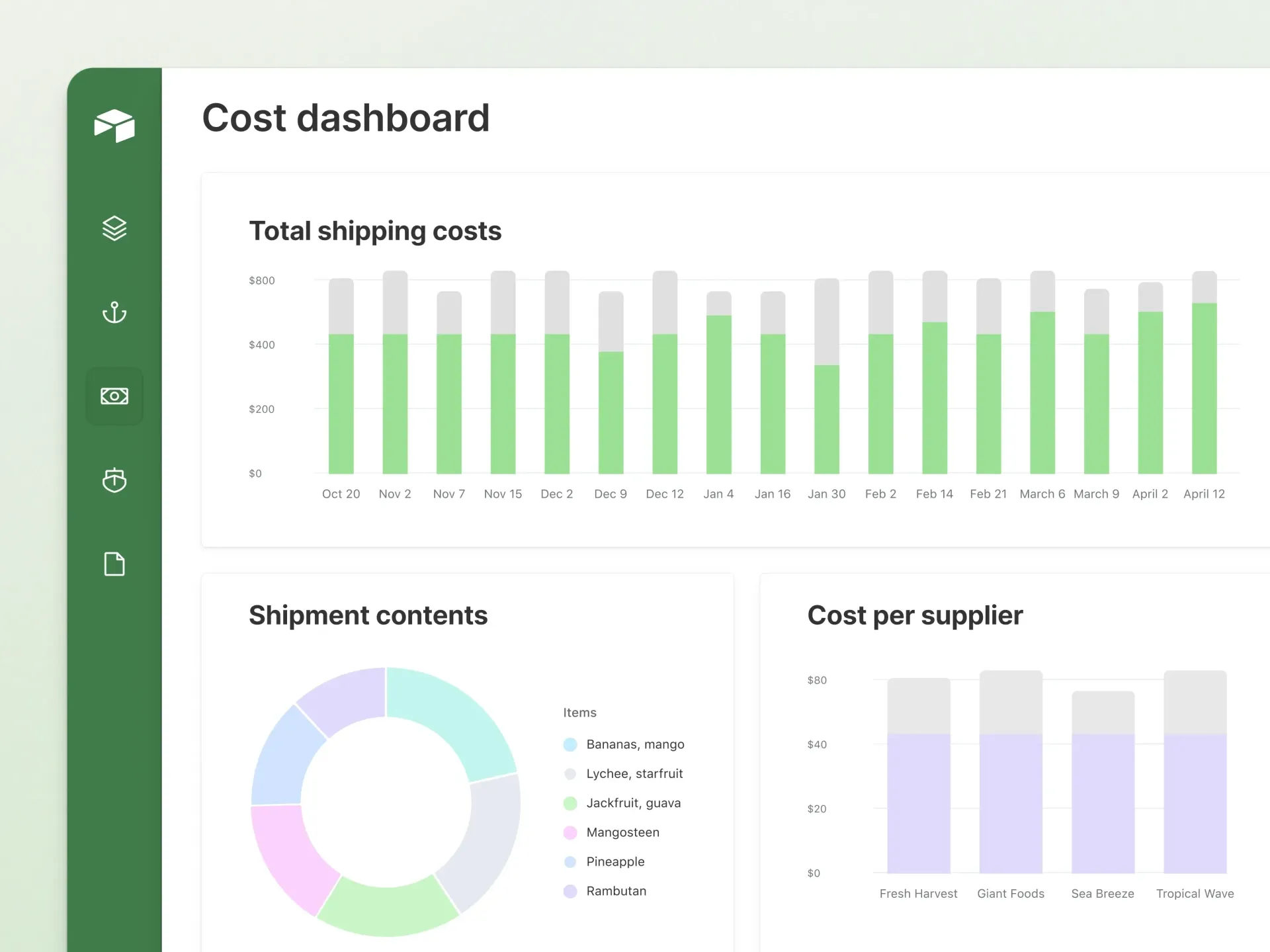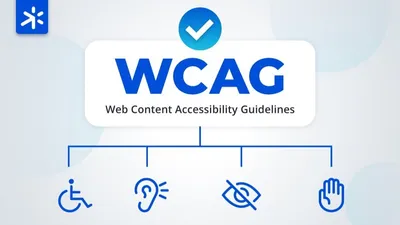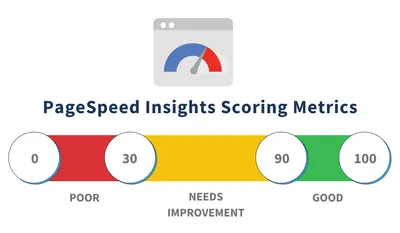· Kenny Nguyen · Business Resource · 5 min read
Unlock Your Business Potential: How Centralizing Your Data Can Help Your Business
Learn how unifying your business data into one central platform can transform your business operations, customer experience, and profitability.

When you acquire or operate a service-based business, you’re often inheriting a patchwork of systems: scheduling software that doesn’t talk to your CRM, customer data scattered across spreadsheets, and financial information in yet another platform. This fragmentation isn’t just frustrating—it’s actively limiting your business potential.
The Hidden Cost of Data Silos
As a business owner, you’ve likely experienced some of these challenges:
- Wasted time switching between multiple applications and manually transferring information
- Inconsistent customer data leading to service errors and missed opportunities
- Delayed decision-making because gathering comprehensive information requires pulling from several sources
- Difficulty training staff on multiple disconnected systems
- Inaccurate reporting due to data living in different places
According to a McKinsey study, employees spend nearly 20% of their workweek searching for internal information or tracking down colleagues for help with specific tasks. For service businesses where margins depend on operational efficiency, this represents a substantial hidden cost.
The Transformative Power of Centralized Data
Centralizing your business data isn’t just about convenience—it’s about unleashing capabilities that simply aren’t possible with fragmented systems:
1. Comprehensive Customer Insights
When customer information lives in a unified system, you gain a complete view of each client’s journey. Imagine seeing a customer’s entire history—services purchased, preferences, communication history, and payment information—in a single dashboard. This enables your team to:
- Provide more personalized service based on complete customer history
- Identify natural upselling opportunities based on past behaviors
- Address service issues with full context available
2. Operational Excellence Through Automation
With centralized data, you can automate workflows across your entire business operation:
- Automatically send appointment reminders based on your scheduling system
- Generate invoices when services are marked complete
- Trigger follow-up communications at optimal intervals
- Flag accounts for specific attention based on customized criteria
These automations eliminate repetitive tasks, reduce human error, and ensure consistent customer experiences.
3. Strategic Decision-Making with Real-Time Insights
When your data exists in one place, reporting becomes transformative:
- See which services generate the highest profit margins
- Identify which customer acquisition channels produce the most valuable clients
- Understand capacity utilization across your team
- Spot emerging trends before your competitors
Business owners who make decisions based on complete, real-time data consistently outperform those relying on fragmented or delayed information.
Airtable: The Ideal Platform for Service Business Data Centralization
While many platforms offer data centralization capabilities, Airtable has emerged as particularly well-suited for service-based businesses for several key reasons:
Flexibility That Matches Your Business Model
Unlike rigid traditional databases or overly simplified spreadsheets, Airtable offers a unique combination of power and flexibility:
- Custom views present the same information differently for various team members
- Relational data structure maintains connections between customers, services, appointments, and invoices
- Field customization accommodates any type of information your business needs to track
Built for Visual Thinkers, Not Just Technical Users
Service business owners often need powerful data tools without wanting to become database administrators:
- Intuitive interface blends spreadsheet familiarity with database power
- Drag-and-drop automations create sophisticated workflows without coding
- Visual kanban and calendar views display your data in business-relevant formats
Integration Capabilities Bridge Existing Systems
Airtable excels at connecting with other business tools, helping you centralize while maintaining specialized systems where needed:
- Native integrations with hundreds of popular business apps
- API access for custom connections to proprietary systems
- Zapier compatibility for creating automated workflows across platforms
Real-World Success: Sarah’s Spa Services
Sarah acquired a day spa with a loyal customer base but fragmented operations. Customer information lived in a booking system, financial data in QuickBooks, product preferences in spreadsheets, and marketing communications in Mailchimp.
After centralizing her data in Airtable:
- Staff saved 15 hours weekly by eliminating duplicate data entry
- Customer retention improved 22% through more personalized service recommendations
- Average service value increased 18% by identifying natural upselling opportunities
- Marketing ROI improved 35% by targeting communications based on comprehensive customer data
Getting Started: The Practical Path to Data Centralization
Centralizing your business data doesn’t have to be an all-or-nothing proposition. Most successful implementations follow this incremental approach:
1. Start with Your Most Valuable Data
Begin by identifying which information would deliver the most immediate value if centralized. For many service businesses, this is comprehensive customer data including:
- Contact information
- Service history
- Communication preferences
- Purchase patterns
- Feedback and satisfaction metrics
2. Choose Your Centralization Platform
While this article highlights Airtable’s benefits, evaluate options based on your specific needs:
- Airtable – Excellent for visual thinkers who need flexibility
- Monday.com – Strong for project management-oriented businesses
- Notion – Good for businesses that blend operational and knowledge management needs
- Custom solutions – May be necessary for highly specialized service models
3. Implement in Phases
Rather than attempting a “big bang” migration, successful centralization typically follows this pattern:
- Phase 1: Core customer data and current services
- Phase 2: Historical data and financial integration
- Phase 3: Marketing systems and advanced automations
- Phase 4: Analytics and strategic dashboards
4. Focus on Team Adoption
The most sophisticated centralized system is worthless if your team doesn’t use it. Ensure success through:
- Involving key team members in the planning process
- Providing appropriate training based on different roles
- Celebrating early wins and sharing success stories
- Continuously gathering feedback for improvements
Is Data Centralization Right for Your Business?
Centralizing your business data delivers the greatest ROI when:
- You have a growing team that needs access to shared information
- Your customer relationships involve multiple touchpoints over time
- Your services can be bundled or customized based on customer history
- Decision-making speed is important to your competitive advantage
- You’re looking to scale operations without proportionally increasing administrative staff
Next Steps: Your Data Centralization Roadmap
If you’re considering centralizing your business data:
- Audit your current systems to understand what information lives where
- Document your key workflows to identify integration requirements
- Prioritize your pain points to focus initial centralization efforts
- Evaluate platform options based on your specific business needs
- Start small but plan big by implementing in strategic phases
The businesses that thrive in today’s environment aren’t necessarily those with the most data, but those that can access, analyze, and act on their data most effectively. By centralizing your business information, you’re not just organizing data—you’re unlocking your business’s full potential.
Want to explore how data centralization could transform your specific business? We’ve helped dozens of service business owners implement systems that provide clarity, control, and competitive advantage. Contact us for a data strategy consultation.



